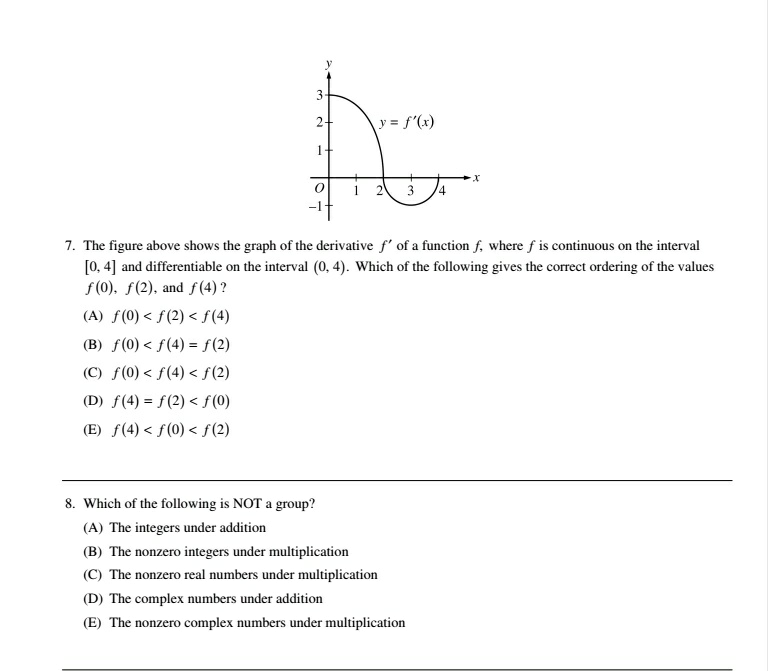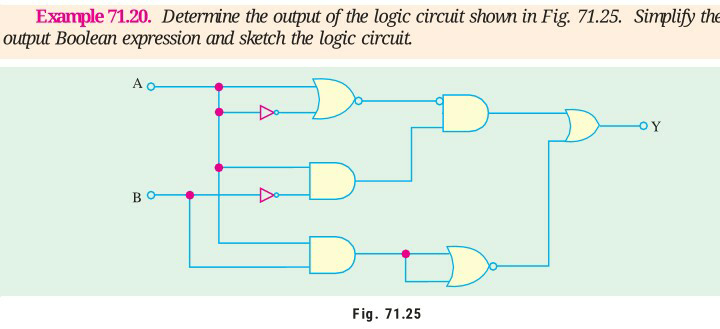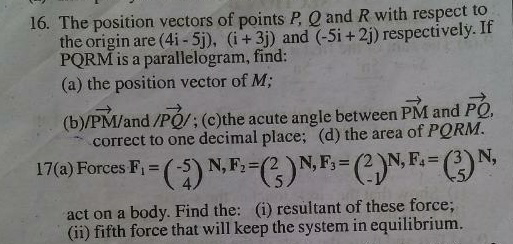
OthersQuestion and Answers: Page 150
Question Number 12773 Answers: 1 Comments: 0

Question Number 12683 Answers: 1 Comments: 0
Question Number 12672 Answers: 1 Comments: 0

Question Number 12655 Answers: 0 Comments: 0

Question Number 12631 Answers: 1 Comments: 0
Question Number 12612 Answers: 1 Comments: 0
Question Number 12611 Answers: 1 Comments: 0
Question Number 12610 Answers: 1 Comments: 0
Question Number 12517 Answers: 1 Comments: 0
Question Number 12419 Answers: 2 Comments: 0
Question Number 12405 Answers: 0 Comments: 1
Question Number 12394 Answers: 0 Comments: 0

Question Number 12331 Answers: 2 Comments: 0

Question Number 12321 Answers: 0 Comments: 0
Question Number 12319 Answers: 1 Comments: 0

Question Number 12316 Answers: 1 Comments: 0
Question Number 12305 Answers: 1 Comments: 0
Question Number 12304 Answers: 1 Comments: 0
Question Number 12207 Answers: 0 Comments: 0
Question Number 12077 Answers: 1 Comments: 0
Question Number 12064 Answers: 0 Comments: 0
Question Number 12018 Answers: 0 Comments: 0

Question Number 11988 Answers: 2 Comments: 3

Question Number 11987 Answers: 1 Comments: 0
Question Number 11968 Answers: 0 Comments: 0
Question Number 11966 Answers: 0 Comments: 0
Pg 145 Pg 146 Pg 147 Pg 148 Pg 149 Pg 150 Pg 151 Pg 152 Pg 153 Pg 154
